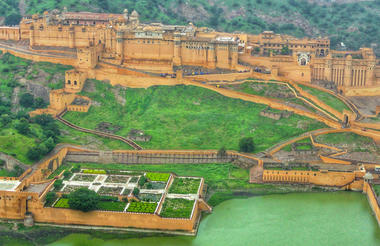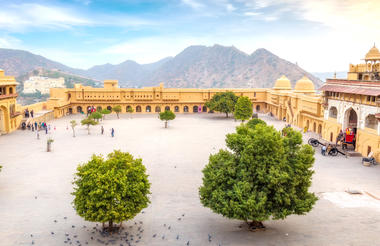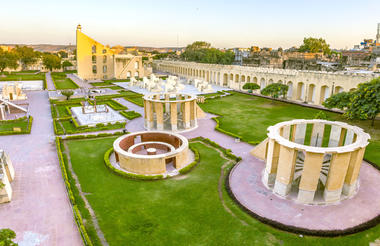India’s capital, New Delhi, lies on the Indo-Gangetic Plain, within the National Capital Territory of Delhi. Made up of the ancient walled city of Old Delhi and the more modern sector, New Delhi, the city encompasses a staggering array of beautiful buildings, including three UNESCO World Heritage Sites – the grand, sandstone Red Fort, striking Qutab Minar, and fascinating Humayun's Tomb. Architecture enthusiasts will delight in the iconic Lotus Temple. Hear ‘qawwalis’ (devotional music) at the dargah (tomb) of the Sufi saint Nizam-ud-din Auliya; or wander through the 17th century Chandni Chowk marketplace – still one of the city’s most popular retail centres today, famous for its traditional jewellery and saris. The gorgeous Sunder Nursery and Lodi Garden provide calm, flower-filled oases for picnicking.
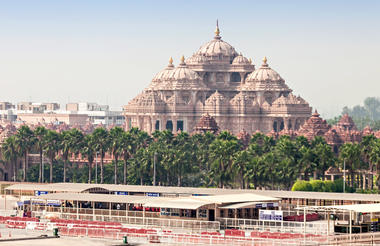

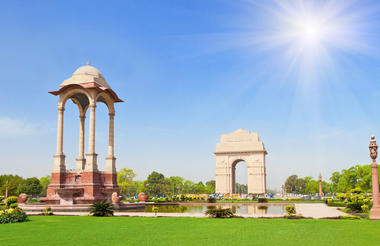
Also known as the Kanha Tiger Reserve, the Kanha National Park is widely considered to be the greatest of India’s wildlife reserves and the inspiration for Rudyard Kipling’s classic, 'The Jungle Book'. This impressive expanse of wilderness is set in the central Indian state of Madhya Pradesh, encompassing about 950 square kilometres of lush rolling hills, peaceful rivers, saal and bamboo forest, and endless stretches of savanna grassland. This spectacularly scenic environment provides a diverse range of habitats for an extraordinary array of wildlife including tigers, leopards, jackals, swamp deer, foxes, porcupines, sloth bears, pythons, hare, chitals, gaur monkeys, mongooses, and hundreds of species of bird.
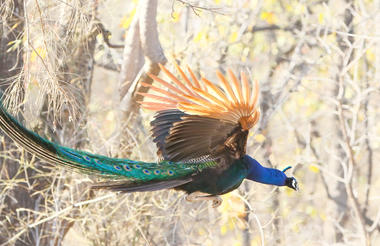
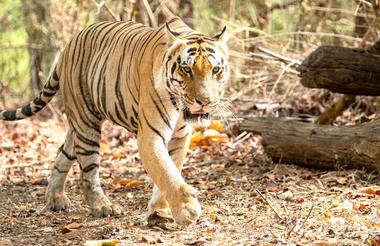
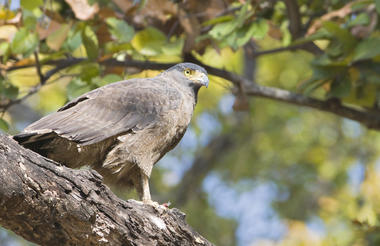
Tucked between towering trees, rocky terrain and agricultural landscapes lies Tala; a small village. A tranquil and awe-inspiring oasis, Tala is ideal for travellers wanting to explore the diverse aspects of Madhya Pradesh and its surroundings. Visitors can look forward to enjoying an array of exciting attractions, which include the fascinating Bandhavgarh Hill; the historical Bandhavgarh Fort; and the magnificent Bandhavgarh National Park, a vast biodiverse area famously known for its high population of royal Bengal tiger, white tiger and leopard. Don’t miss out on a chance to meander through and admire the excellent collection of beautiful wildlife photography at the Baghel Museum.
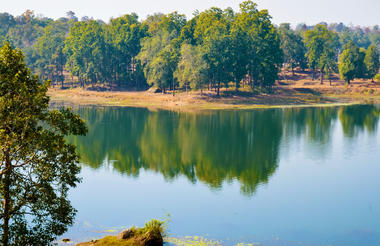
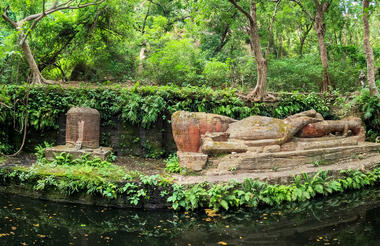
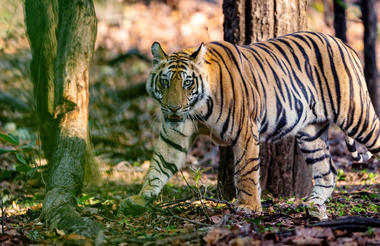
Also known as the Panna Tiger Reserve, the Panna National Park, in the central Indian state of Madhya Pradesh, is an impressive 550-square-kilometer expanse of wilderness characterised by high plateaus, plunging gorges, vast teak forests, and rolling savannah grasslands. From peaceful boat rides watching crocodiles along the banks of the Ken River, to catching glimpses of tigers, leopards and sloth bears on jeep safari, Panna offers wildlife enthusiasts many exciting opportunities. Aside from the park’s famous big cats, visitors can look forward to spotting an array of exotic wildlife species including antelope, deer, monkey, wild dog, hyena, jackal, sloth bear, otter, and over 300 species of birds. Don’t miss the impressive Dhundwa Falls, situated on the Hinouta Plateau, and the Pandava Falls, which feature some remarkable ancient caves.
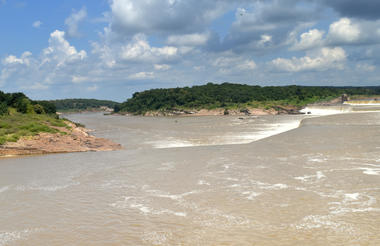
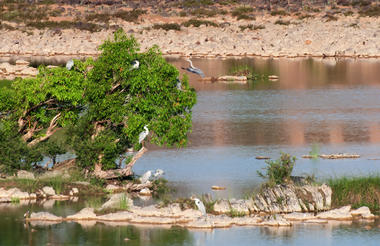
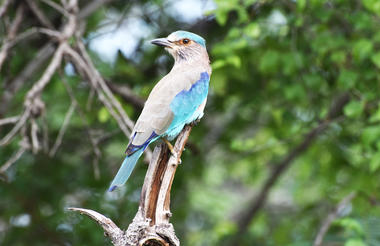
An ancient and deeply sacred city, Varanasi rests along the banks of the holy River Ganges and encompasses a wealth of beautiful riverside temples, stately old forts and vibrant markets. It’s considered the spiritual capital of Hinduism, and it’s widely believed that dying here will bring salvation. As a result, the city is home to a multitude of ghats – stone steps leading to the river –some of which are used for bathing rituals and others as cremation sites. An early morning boat ride along the Ganges offers an excellent way to take in the ghats and the bustling activity centred on them.
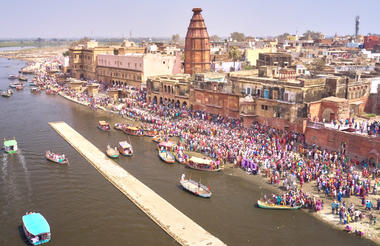
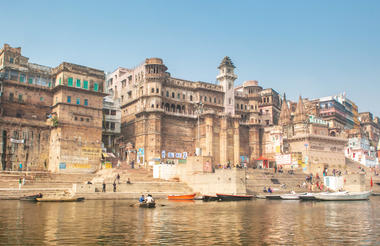
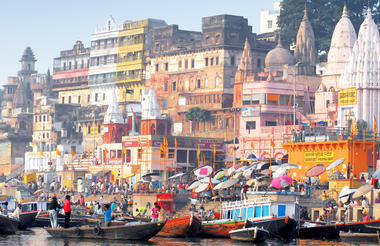
Set on the banks of the Yamuna River in Uttar Pradesh, Agra is a beautiful city famous for its incredible Taj Mahal building, one of the seven wonders of the world. Commissioned by the Mughal emperor Shah Jahan in the 15th century as a memorial to his beloved wife Mumtaz Mahal, this is an architectural masterpiece of exquisite craftsmanship and perfect proportions. The city boasts numerous other superb attractions, including the red-hued sandstone Agra Fort, built in the 16th century; the Shahi Jama Masjid mosque, a 17th-century congregational mosque located in the historic core of Agra, and Itmad-ud-Daulah’s tomb, with its white marble facade embellished with intricate inlaid designs, also called the' Baby Taj'.



Fringed by the rugged Aravali Hills, Jaipur, nicknamed the ‘Pink City’ for its salmon-hued terracotta buildings, is the capital and largest city in the Rajasthan State. This metropolis combines tradition and modernity with its vibrant bazaars, lavish palaces, and ancient temples. Don’t miss the fairy-tale splendour of the Amber Fort, set against the backdrop of the arid landscape and hosting enthralling sound and light shows; the UNESCO-listed Jantar Mantar, a collection of 300-year-old astronomical tools which look like contemporary art; and the opulent City Palace, with its palatial structures, sprawling gardens, and atmospheric courtyards. Jaipur falls within the Golden Triangle, a popular tourist circuit, which includes Delhi, Jaipur, and Agra, and it also serves as a gateway to the neighbouring desert cities of Jaisalmer and Jodhpur.
